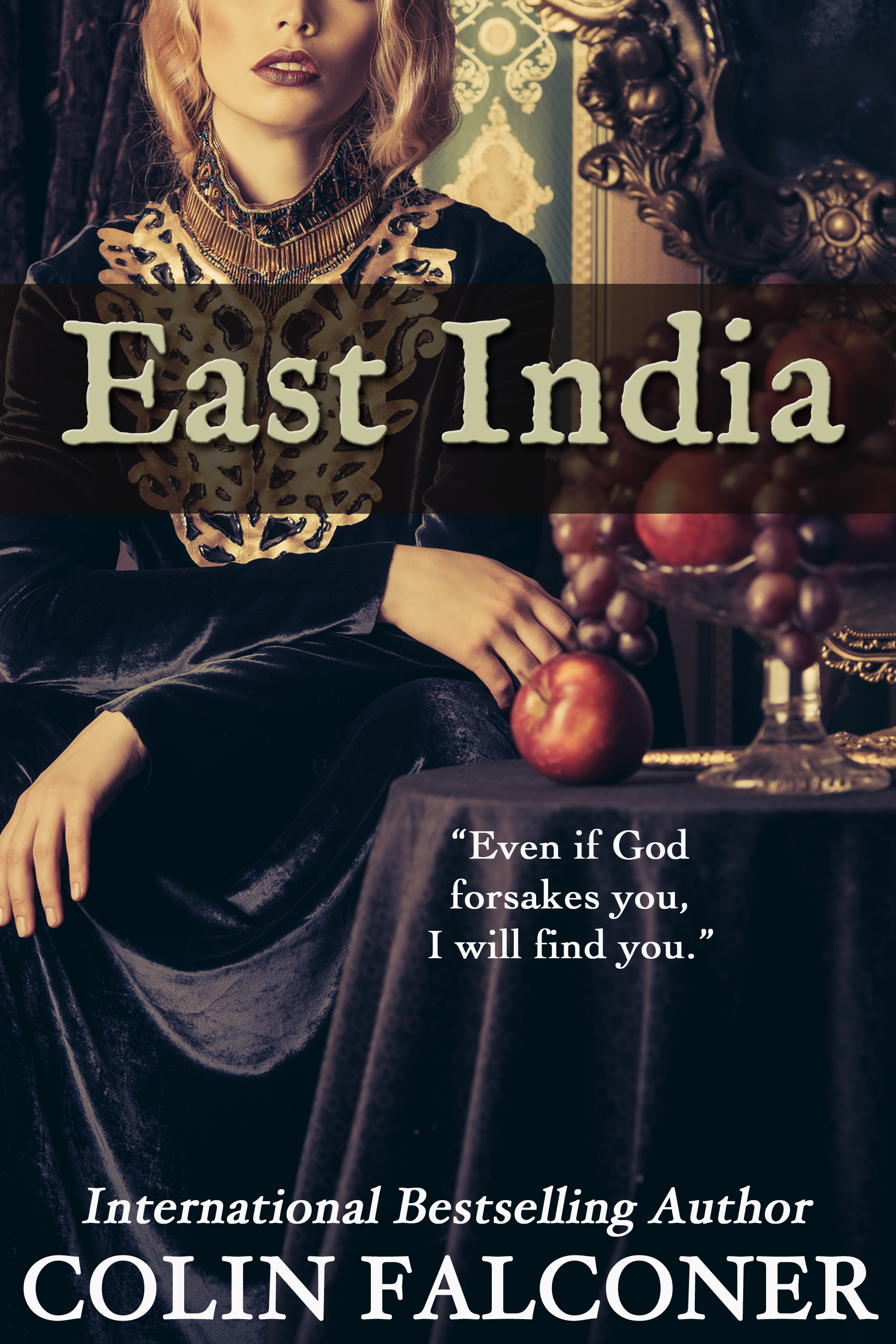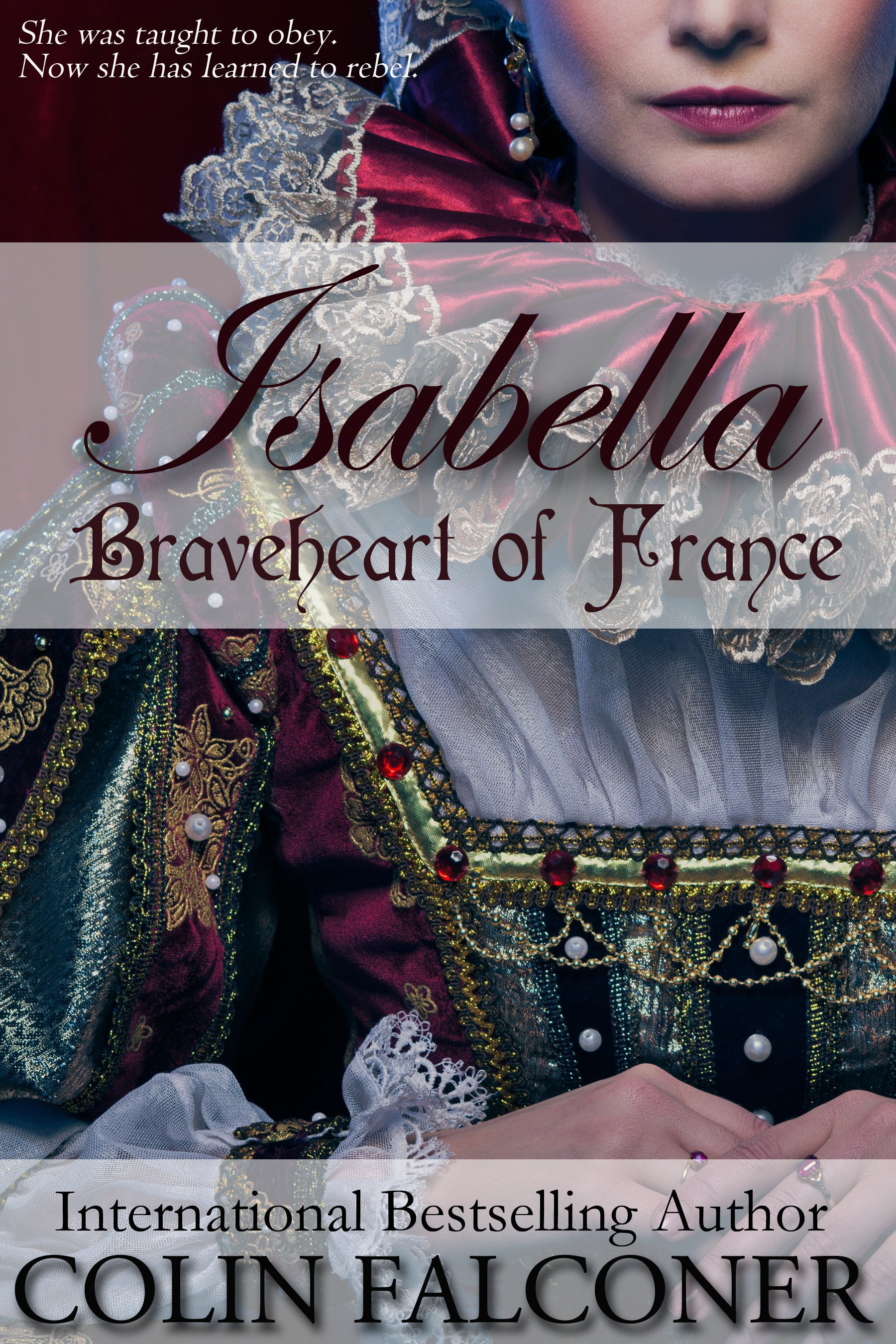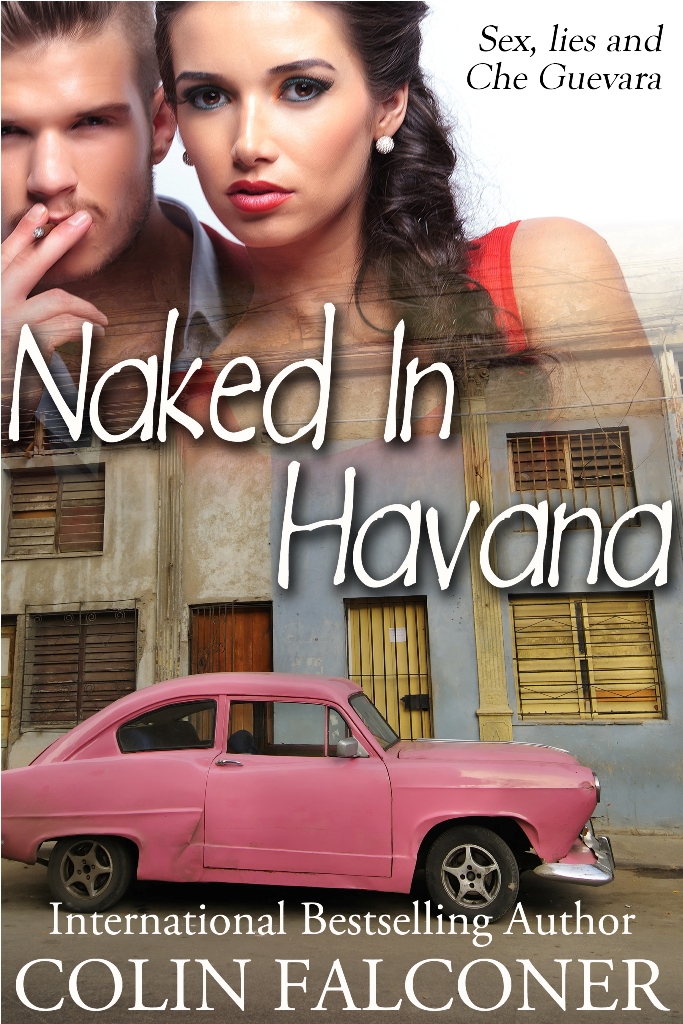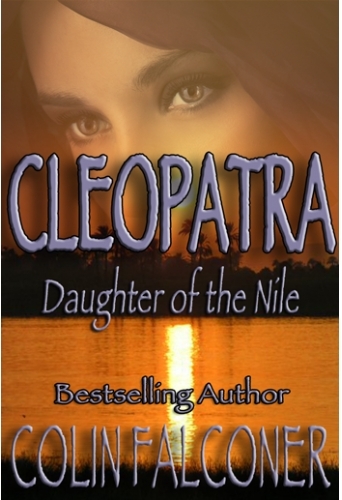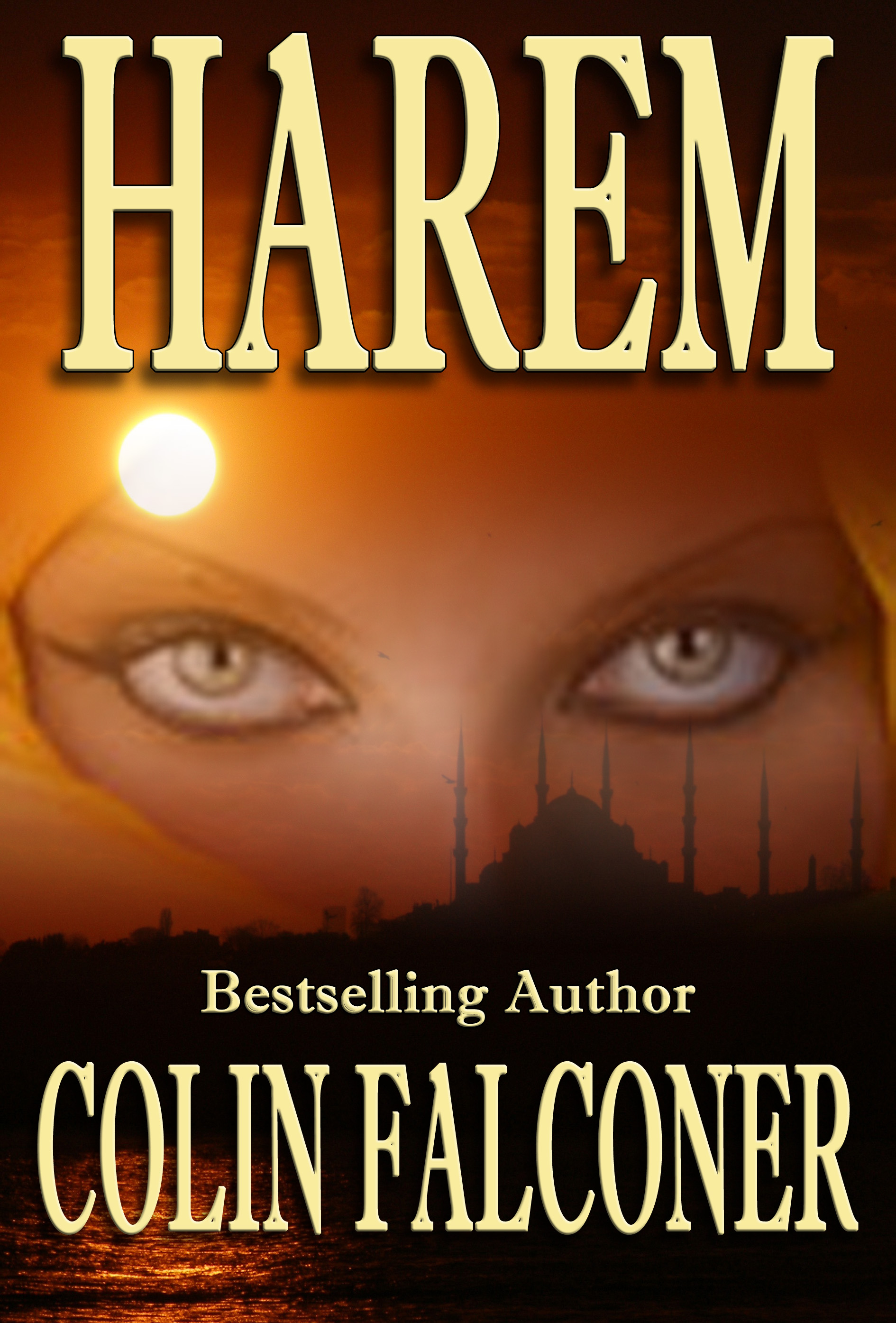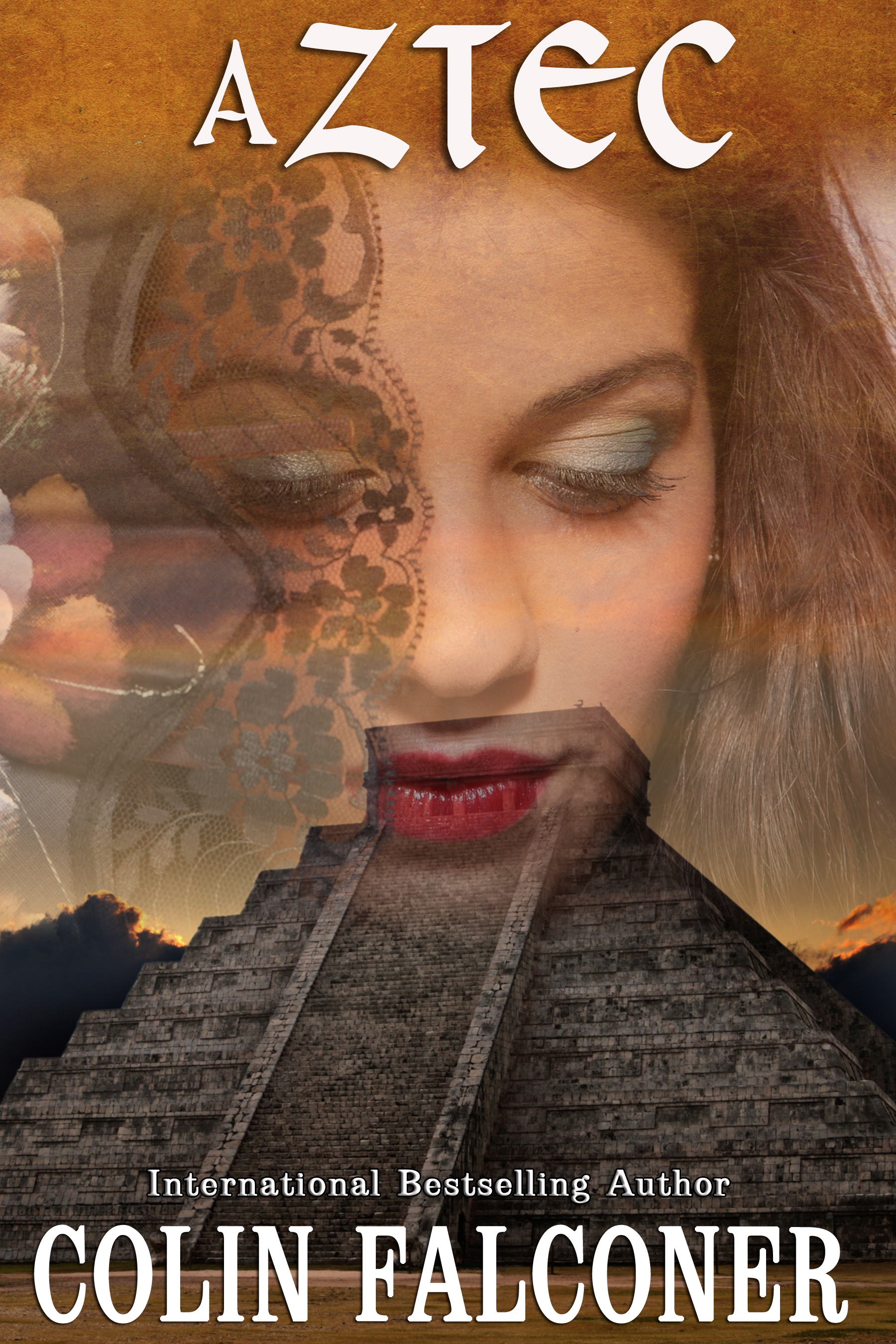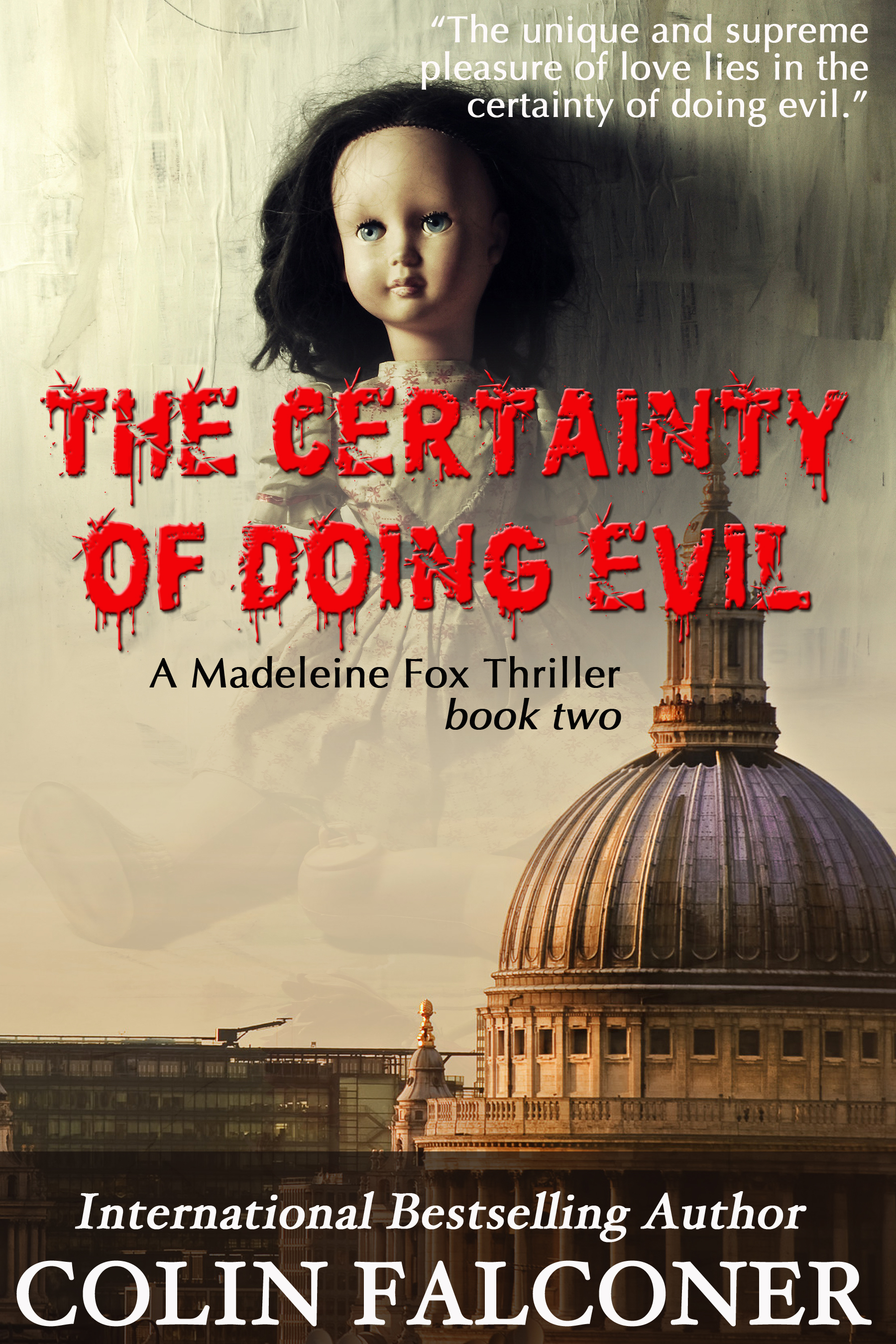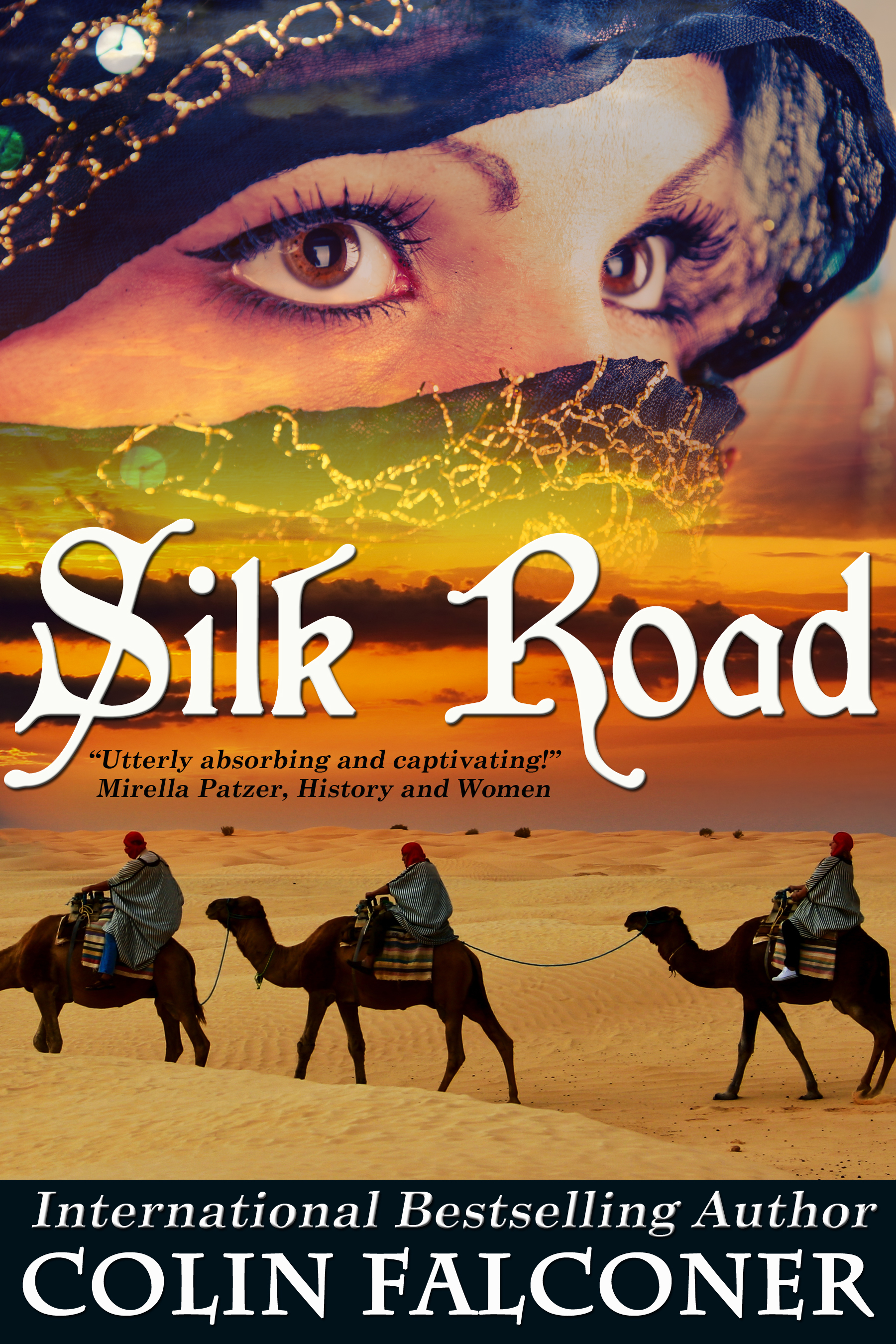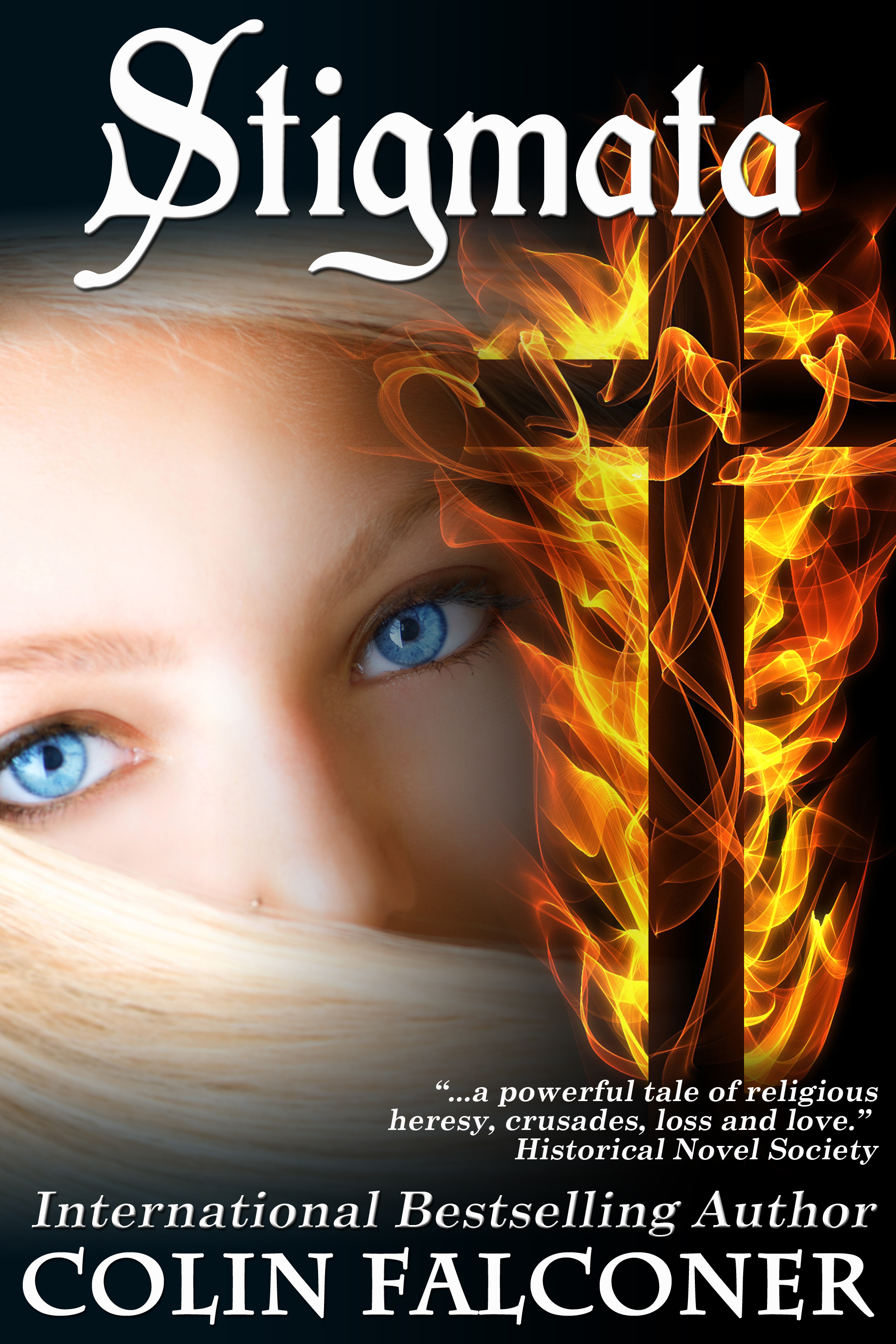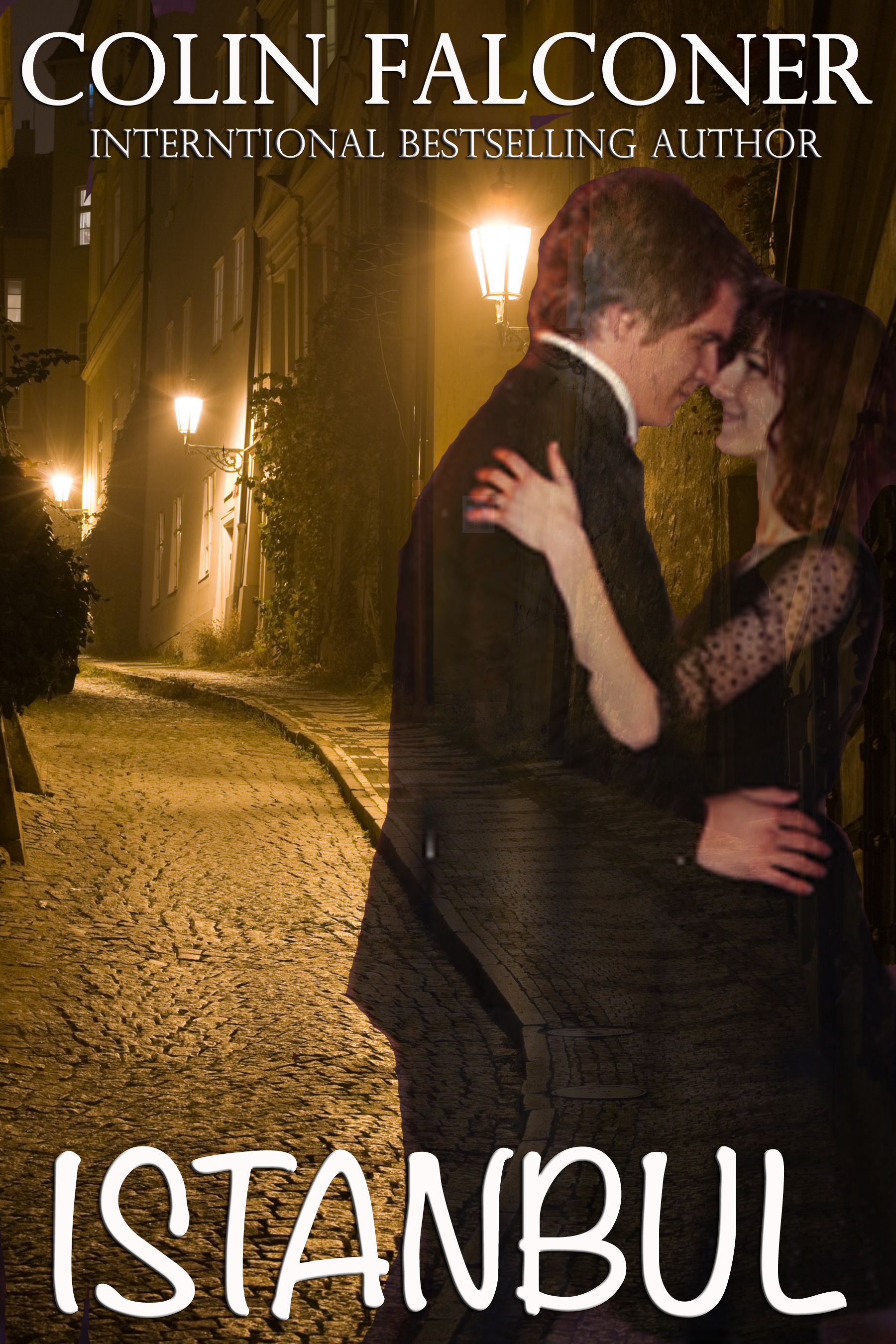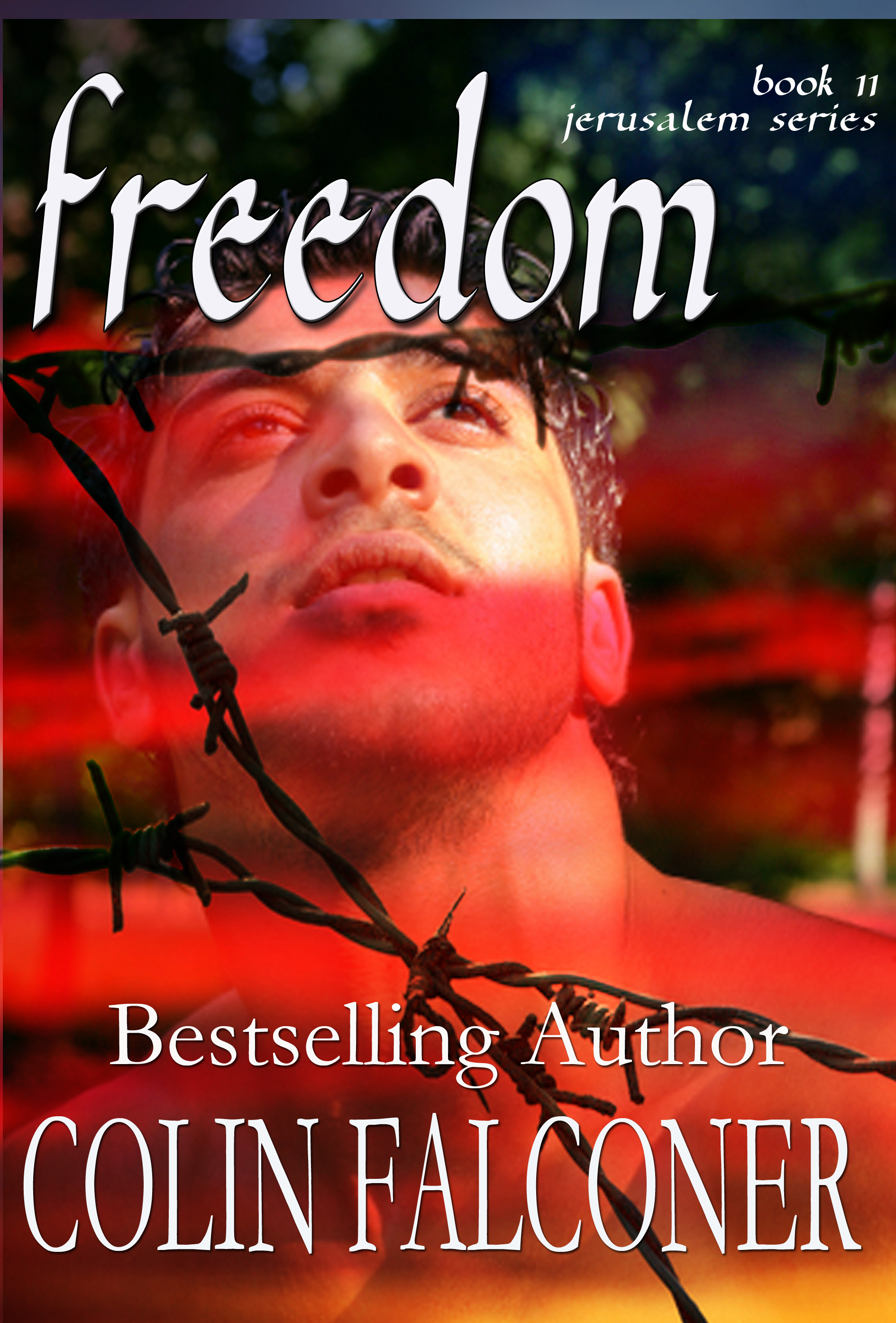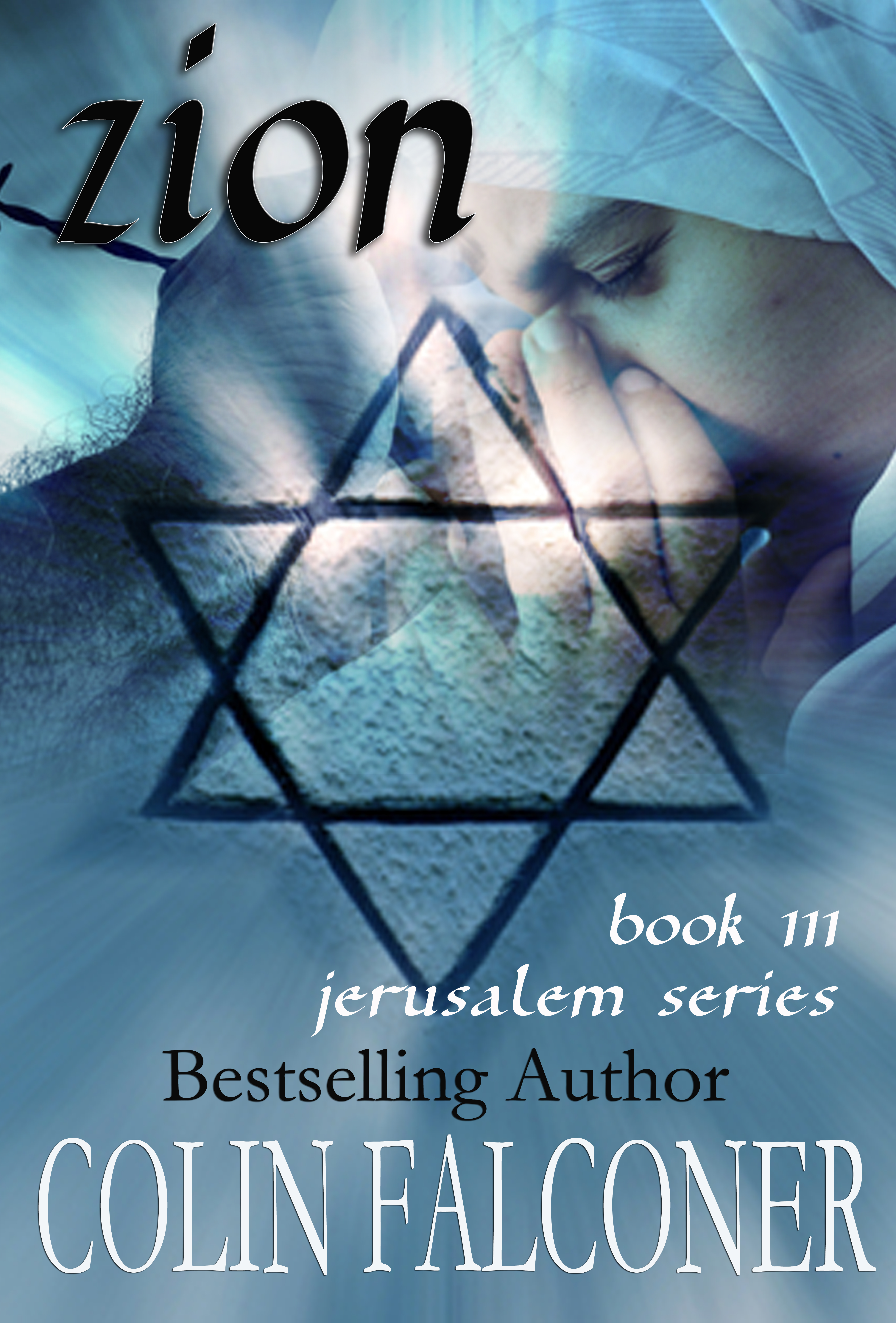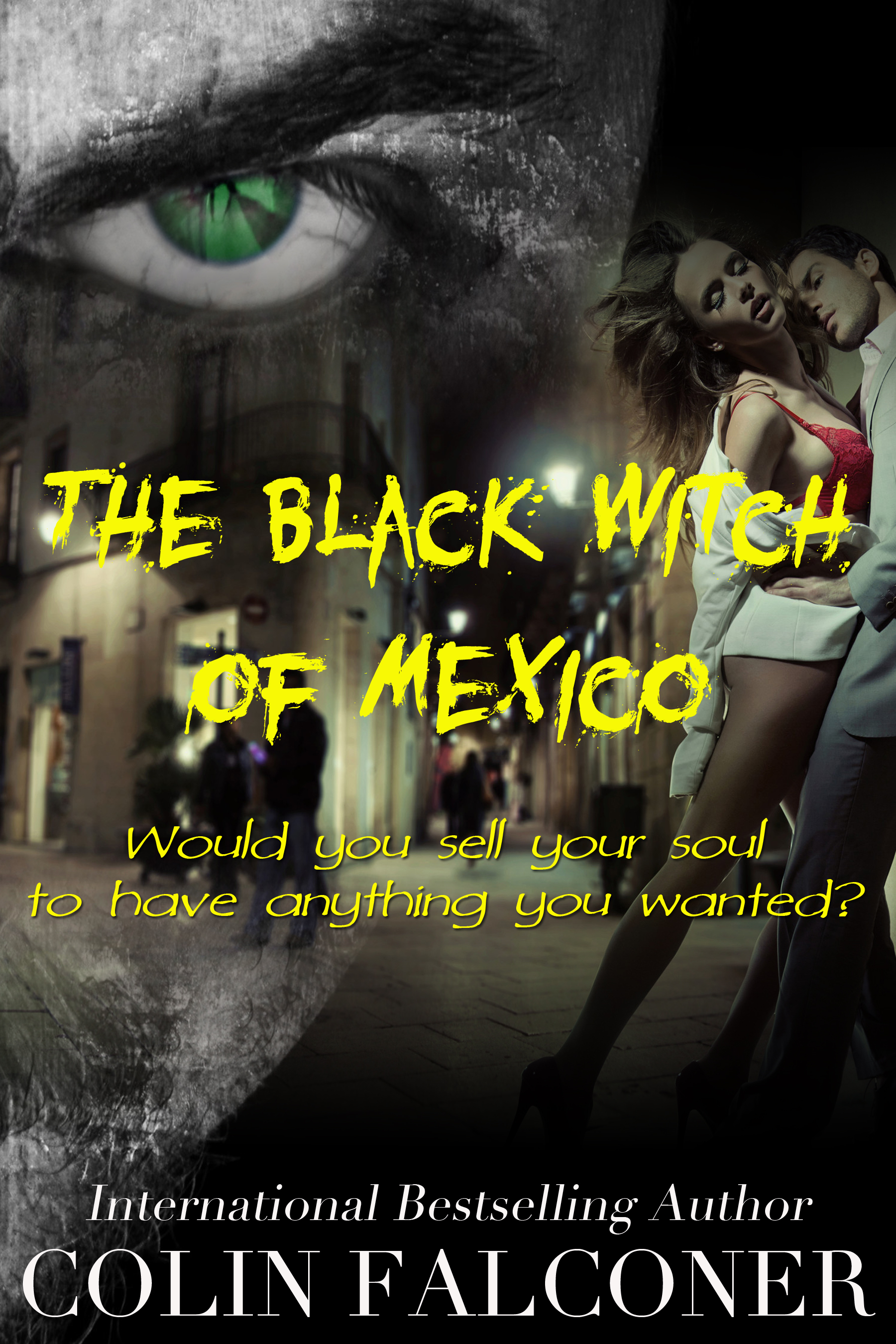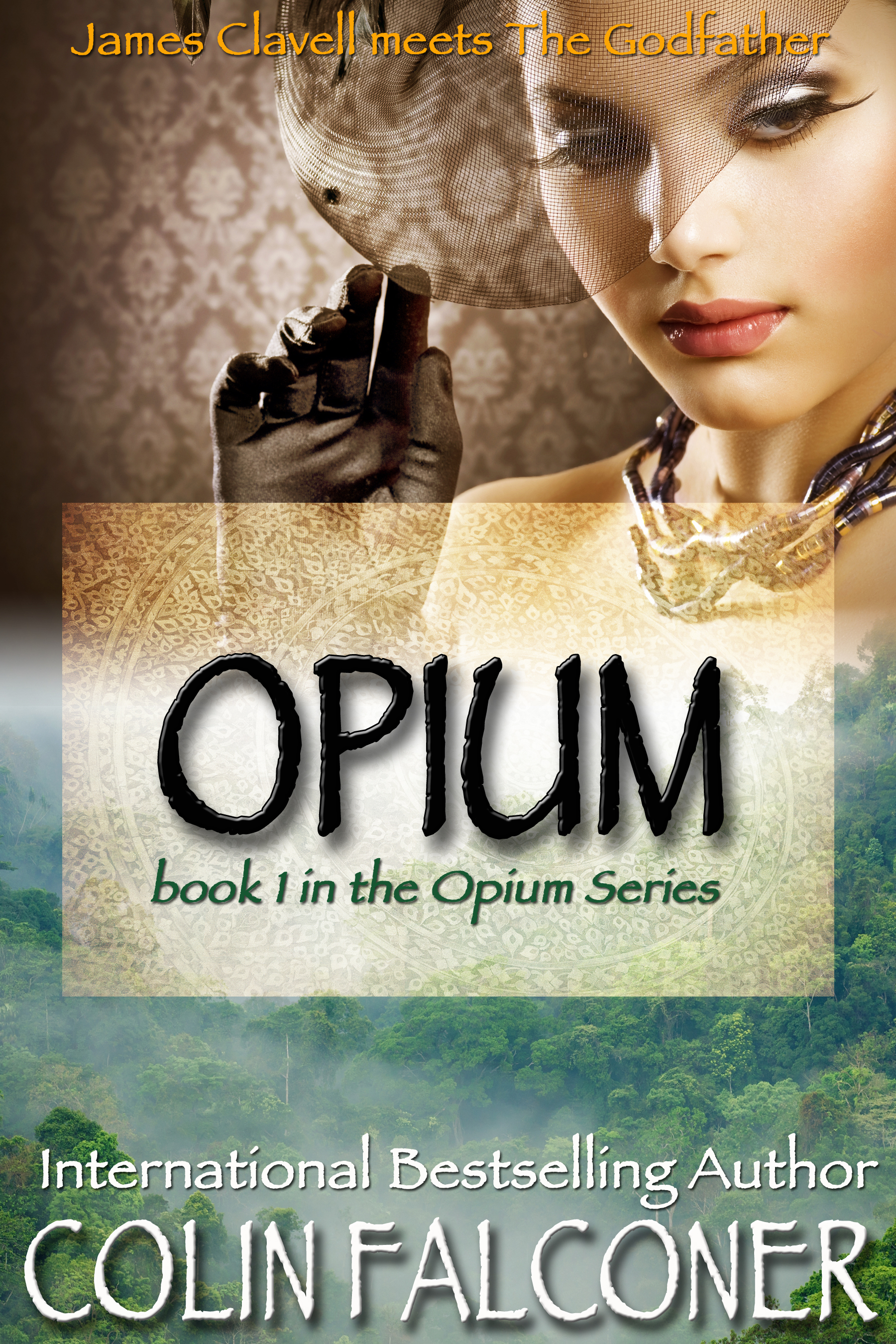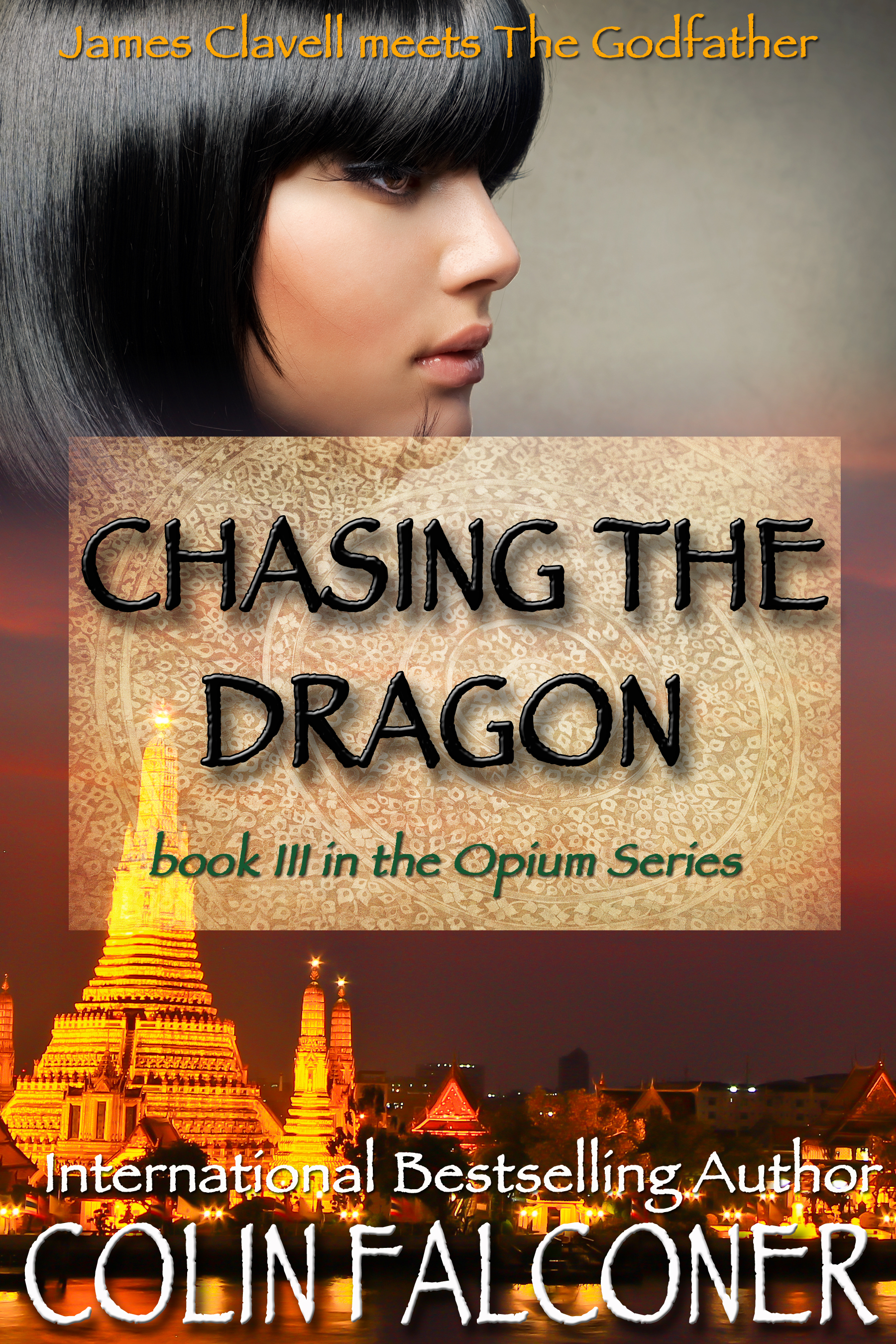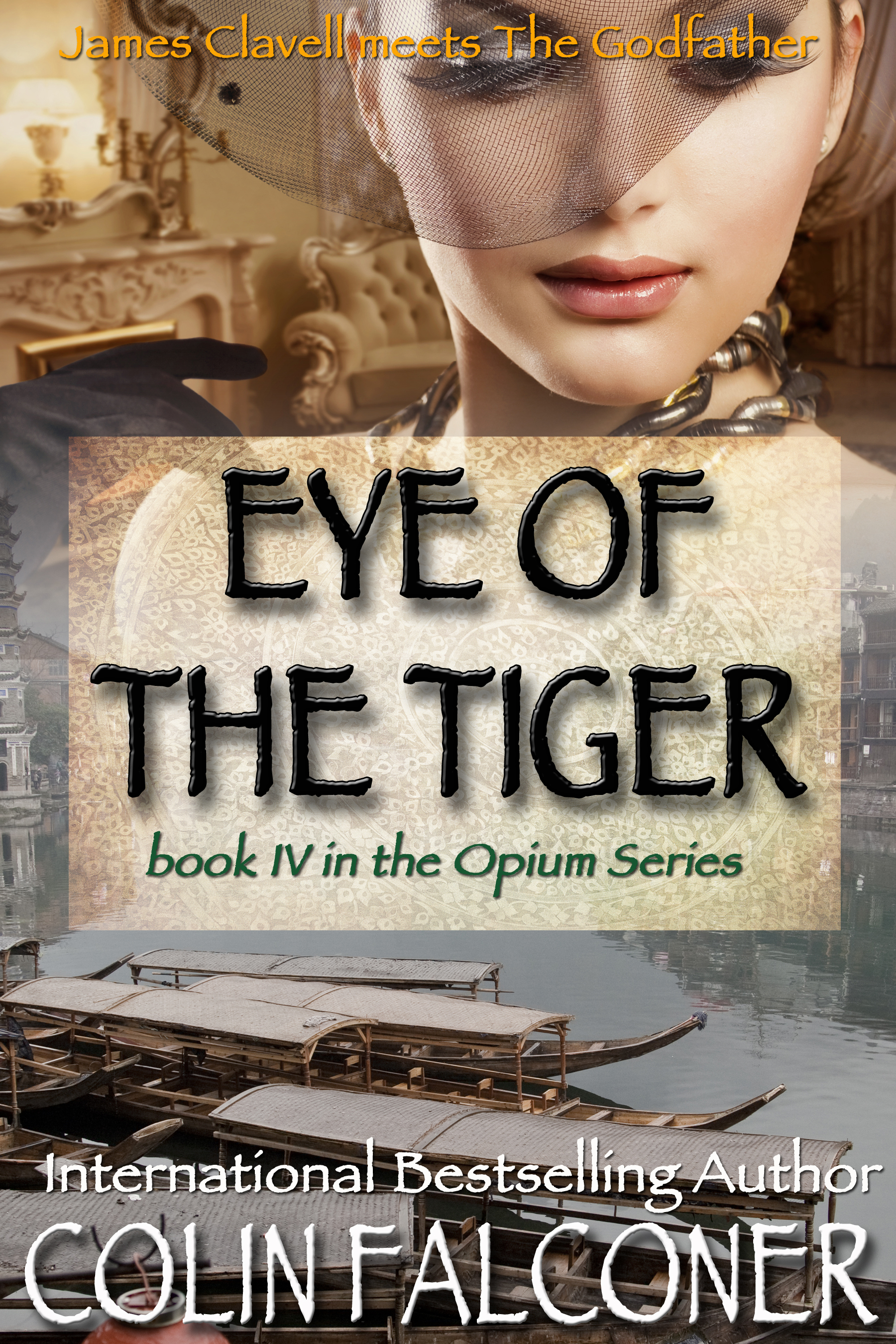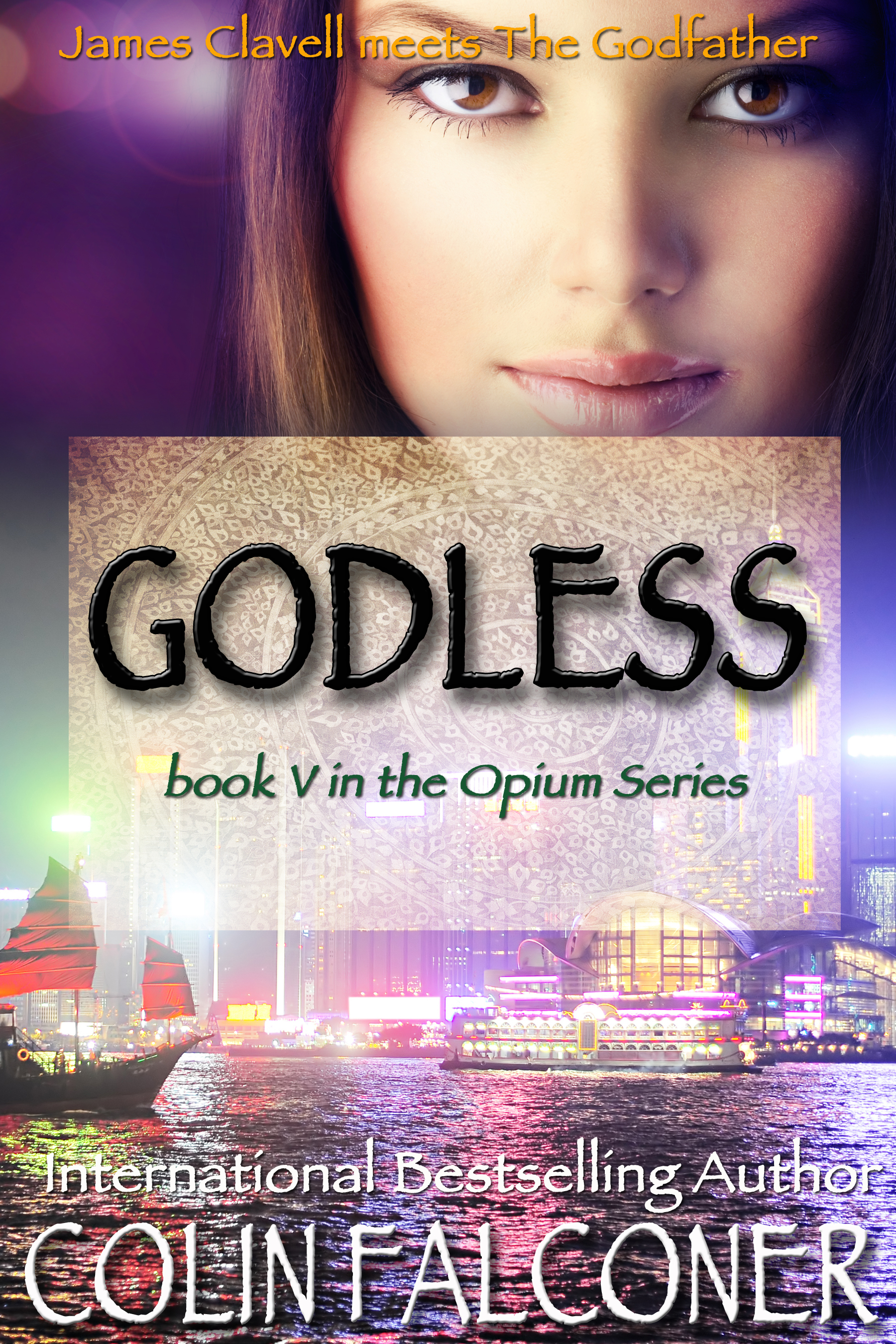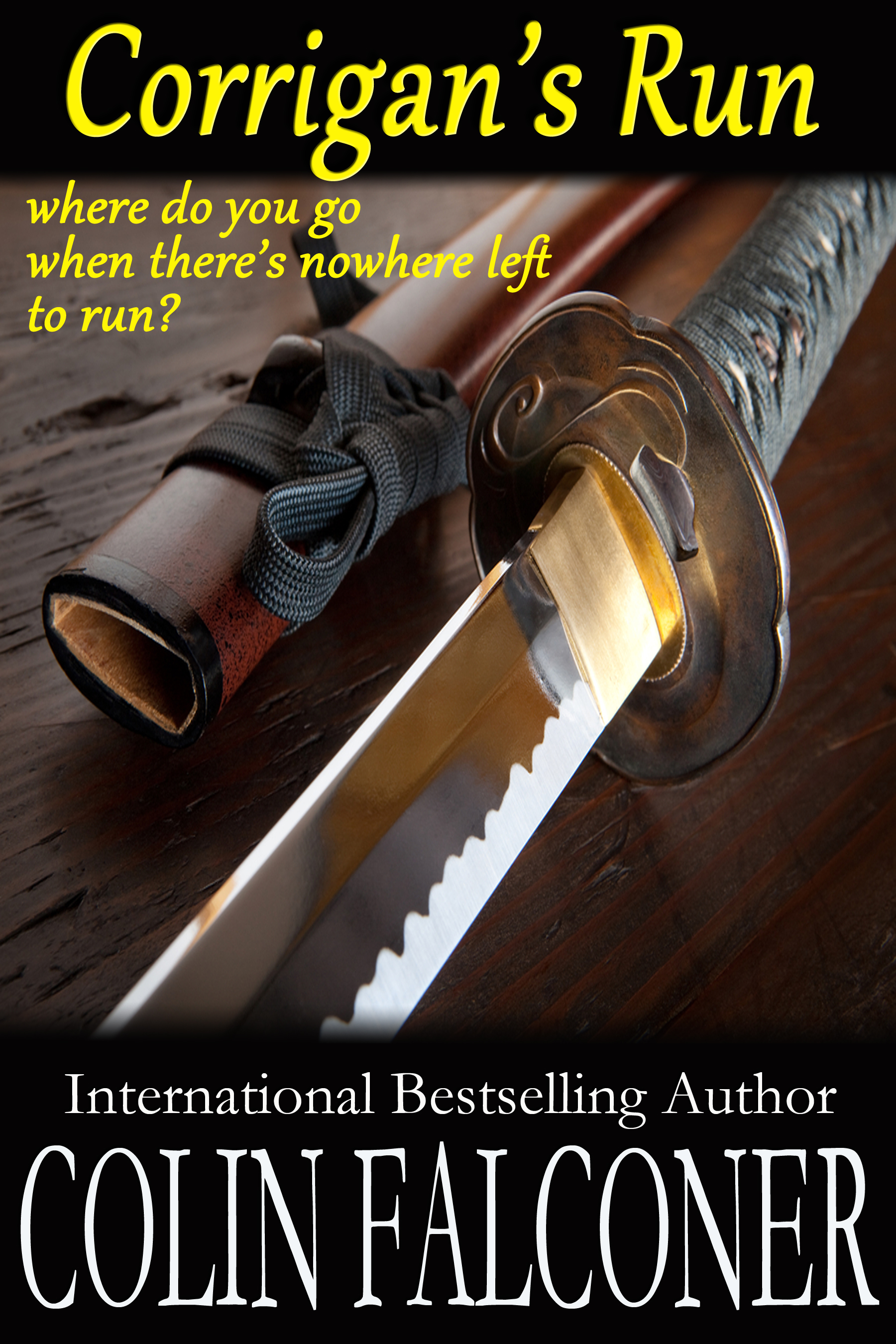Or … 13 things Dan Brown didn’t tell you
Dan Brown sold a couple of books about ten years ago based on the conspiracy theories of three men called Lincoln, Baigent and Leigh. They had done some research around a mysterious church in Rennes le Chateau in the Languedoc region of southern France.
The book touched on one of the great atrocities of the medieval age, though it still remains obscure to many - the Albigensian Crusade. Here’s 13 things you may not know about this turbulent period in our history.
1. First of all - how many crusades were there?
The history books will say nine but the history books are wrong. There were ten. Pope Innocent called a Crusade against the people of southern France in 1209. The Crusade was designed to obliterate another Christian religion - and it succeeded utterly. It was known as the Albigensian Crusade of 1209–1229.
2. Who were the Albigensians?
More recently known as the Cathars, they were a religious sect who wanted a return to the Christian ideal of perfection, poverty and preaching. They understood God as pure spirit, the embodiment of love and peace - but the material world was not His realm. They believed the earth was created by a demiurge called Rex Mundi, (Latin for “King of the World”).
Such beliefs were a fundamental challenge to the Roman church which aspired to the status of a universal monarchy. They had far too much invested in this temporal world to tolerate a religion that made the welfare of the spirit pre-eminent.
3. Why all the fuss about them?
The Cathars were rumored to be the keepers of some great secret – some people think they were hiding the Holy Grail, famous for being the cup used in the Last Supper. It is now even more famous for being the maguffin in ‘The da Vinci Code.’
4. What did it mean to be a Cathar?
For a believer - your life didn’t change that much. Cathars were a very practical people. A priest or priestess who had taken the ‘consolamentum’ lived an ascetic life, but most believers were only required to take these vows on their deathbed when it was not quite so difficult to foreswear meat, sex and material possessions.
5. Who ordered the crusade against them?
Innocent III, the same Pope who ordered the fourth Crusade in 1204, which was responsible for sacking Constantinople, slaughtering innocents, raping nuns and desecrating churches. Priceless artworks were destroyed and the Library of Constantinople was burned to the ground. So, he had already established a game plan.
6. Were there atrocities in the Languedoc as well?
The horrors perpetrated by the Pope’s men easily matched those of World War Two, Bosnia or Rwanda.
For example: when Bram fell in 1210, 100 prisoners had their noses and lips cut off and their eyes gouged out. Just one man was allowed to keep his left eye.
He was then roped to the others so that he could guide them back to their colleagues as a warning of what would happen if they continued to resist the word of a merciful God.
7. Was it only the soldiers who were targeted?
The most famous quote from the conflict was uttered by one of the Pope’s representatives, Arnold Amaury, just before the massacre at Béziers in 1209. When the walls fell a Crusader commander asked him how he should discern a heretic from a Christian. ‘Kill them all, God will know his own,’ was the answer. Twenty thousand men, women and children died in the resulting massacre, some of them burned alive while taking shelter in a church.
8. What else do we know about Innocent III?
As a cardinal he wrote De miseria humanae conditionis (‘On the Misery of the Human Condition.’) It would appear he was well placed to write this treatise, as he caused so much of it.
9. What happened after the war?
The Albigensian Crusade heralded the formation of the Holy Inquisition. In 1233 Pope Gregory IX put together a task force, recruited from the Dominicans, dedicated to the total suppression of Catharism.
The ‘Domini Canes’ - hounds of God - were charged with uncovering heretics among the civilian population after military action had ceased.
10. Where did the Inquisition get their powers of arrest and interrogation?
The use of torture was officially sanctioned by Pope Innocent IV in 1252 in his Papal bull ad extirpanda. I have read the Sermon on the Mount several times, but still have not found the passage that advocated the use of thumbscrews. Maybe there was an error when it was translated from the original Greek.
11. So the Inquisition was like the secret police?
Locals called before the Inquisition were invited to betray their neighbors as heretics. Some resisted by giving the names of members of the community who were already dead. In these cases the Inquisitors sent soldiers to the local cemetery to disinter the bodies. They then marched the corpses through the streets and burned them in the town square.
Surviving family members had their property confiscated, or else were thrown in prison.
The Inquisition terrorized the Languedoc for a century after the end of the Albigensian Crusade; the last perfect, Guillaume Bélibaste, was burned at the stake in 1321.
They didn’t make Dominic a saint for nothing.
12. So what happened next?
Before the crusade, the Languedoc had a tolerant administration, a prosperous economy and was famous for its vibrant culture. A hundred years later it was a land of ruins, a ravaged backwater.
13. Thank God those days are over
Not quite. The Inquisition still exists. It is now known as the Congregation for the Doctrine of the Faith. Joseph Ratzinger (who became Pope Benedict XVI and retired this year) was actually appointed prefect in 1985.
To my knowledge they do not own a rack.
But don’t quote me.








